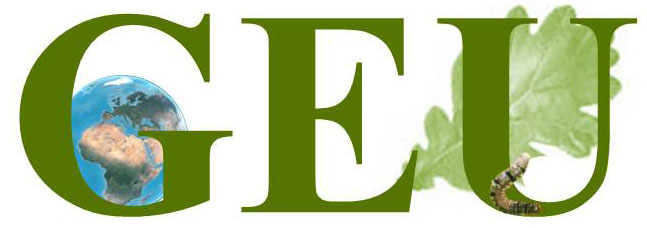
The rapidly growing human population in sub-Saharan Africa generates increasing demand for agricultural land and forest products, which presumably leads to deforestation. Conversely, a greening of African drylands has been reported, but this has been difficult to associate with changes in woody vegetation. There is thus an incomplete understanding of how woody vegetation responds to socio-economic and environmental change.
Deforestation in Africa has been high on the environmental agenda for decades. In a new study published in Nature Ecology and Evolution, researchers used a passive microwave Earth observation data set to demonstrate that the realities are more complex.
Many earlier studies have overlooked that woody cover has actually increased over the past 20 years in large parts (~30%) of Africa, and in particular in drylands. This increase explains the observed ‘greening’ of drylands, both north and south the Equator. Authors further find that much of this increase may be explained by changes in rainfall and the growing concentration of CO2 in the atmosphere. In humid parts of Africa trends in woody cover are more diverse. Negative trends dominate where population density is high, and often in areas with dense forests with high ecological and economic value. The agreement between the map showing woody cover changes and the one with human population growth is so striking that statistics are almost needless to transport the message:
The findings thus contradict, on one hand, generally held views of loss of woody cover in drylands, e.g. in the Sahel-belt across Africa, yet on the other hand it supports the concerns for deforestation, due to agricultural expansion in more densely populated regions, and due to logging in the sparsely populated Congo basin.
The positive and negative impacts of observed trends are difficult to balance (increase in carbon stocks, lower albedo due to greater woody cover in drylands may have a positive effect on rainfall, the loss of forests in certain humid areas may imply serious losses of biodiversity and ecosystem services…).”At continental scale, it is thus impossible to draw final conclusions, and difficult to state if positive and negative effects are balanced. Local and regional scaled studies have to be evaluated and combined with these continental scale attempts”, said Dr. Martin Brandt from University of Copenhagen.
“Given that Africa’s population is expected to continue growing throughout much of this century, there is a clear need to sharpen natural resource management strategies to counter losses while taking advantage of increases in woody cover in drylands which are large enough to act as a carbon sink” said Dr. Aleixandre Verger from CREAF-CSIC.
“The great new thing is that we are now able to localize and quantify areas of change and we are working hard to quantify the amount of carbon which is affected by observed changes. This knowledge is critical in the fight against climate change”, said Prof. Josep Peñuelas from CSIC-CREAF.
Citation: Brandt, M., Rasmussen, K., Penuelas, J., Tian, F., Schurgers, G., Verger, A., Mertz, O., Palmer, J., Fensholt, R. 2017. Human population growth offsets climate driven woody vegetation increase in sub-Saharan Africa. Nature Ecology and Evolution, 1, 0081 (2017), doi: 10.1038/s41559-017-0081.

